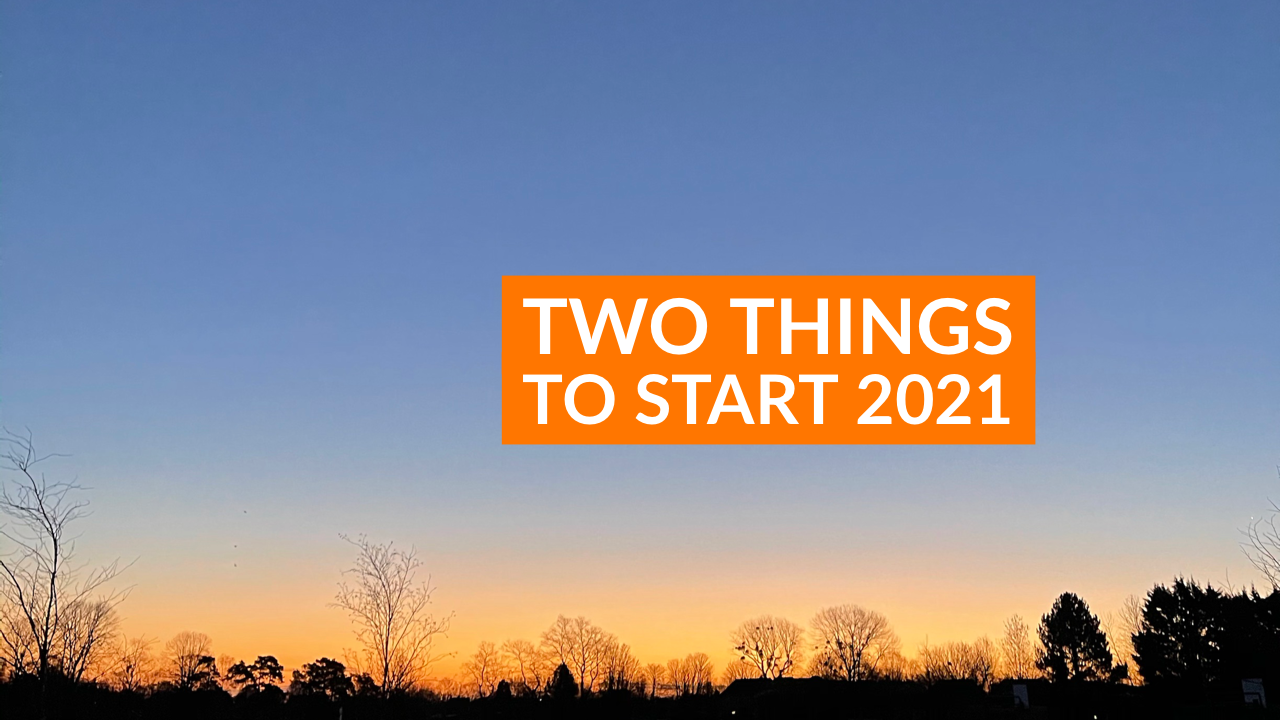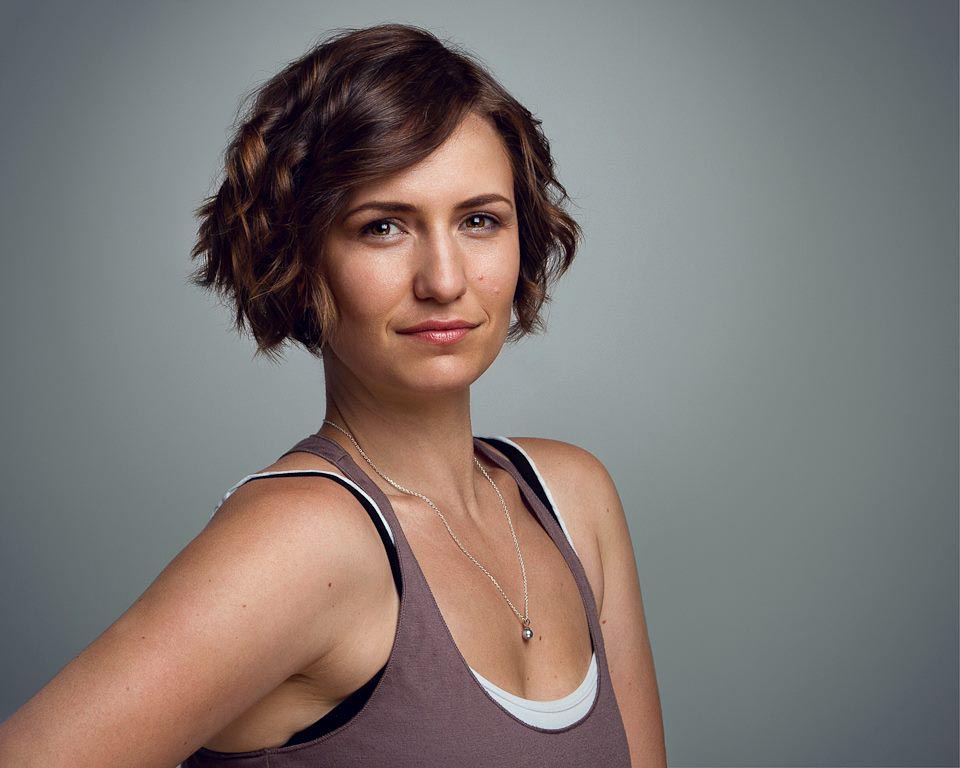
Of all the visual arts, photography has historically been most prized for capturing reality. Snapshots that preserve the truth of the way life was. Black and white impressions of caissons wheeling bodies off the field of battle during the American Civil War gave mute but powerful testimony to the horrors of battle. From unsmiling tintypes to migrant mothers and now ubiquitous sunset family portraits, we instinctively see these images as depictions of reality.
But, of course, they’re not.
Almost since the inception of photography, people have been trying to capture the world not as it is, but how they saw it. From the “decisive moment” to staged poses and careful post production manipulation, photographers have always aimed to create visuals that represent their own ideas. Certainly there is truth involved, but of a much more complex sort that is, more often than not, exaggerated in some way.
Rather than being a form of falsehood or “cheating,” this ability to infuse photography with some level of the fantastical reveals truths about the photographer, who they are, and how they see both their subjects, and the world. How they choose to frame an image, what they shoot, where the focus is, all these things give the viewer clues about the creator of the work.
Now that photographers have more powerful post-production tools at their disposal than ever before, this ability to reveal truths through fantasy is in the beginning of a golden age. And for those of us who focus on the fantasy genre, it is a particular blessing.
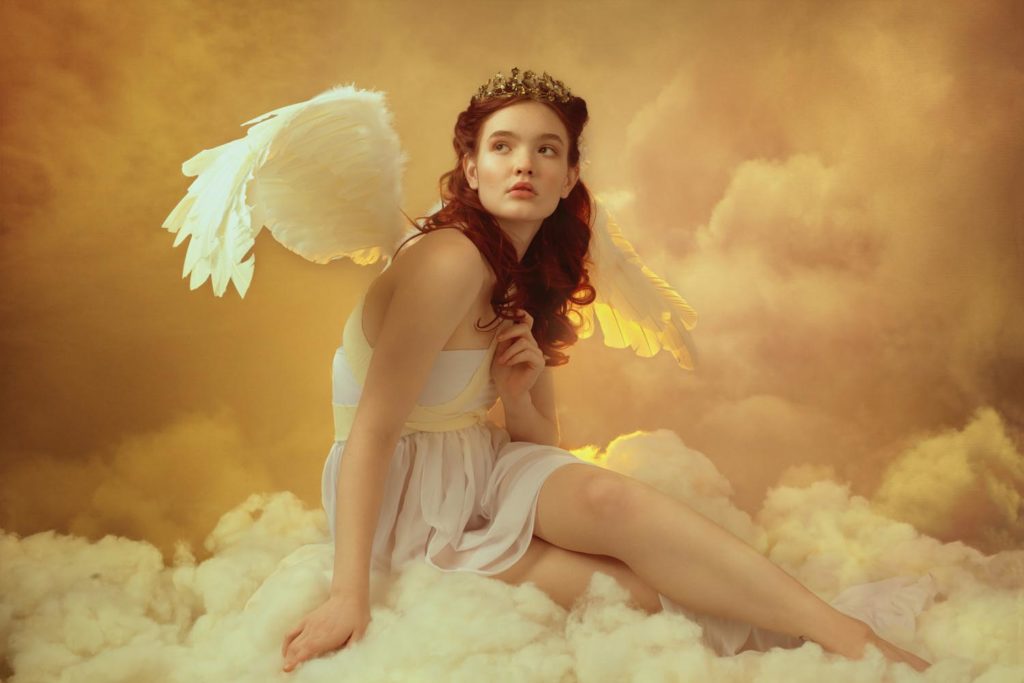
Representation and Metaphor
One of the greatest tools any artist can wield is the power of representation. We use words to represent our thoughts and feelings. We use symbols to distill complex ideas. Imagine all that there is to comprehend in a single word: love. There is amorous love, brotherly love, mother love, and so on. One word for something so complex it cannot even be fully described with a paragraph. The female body has been represented in art for generations, often deified as a representation of nature itself. This ability to convey ideas through proxy is what gives fantasy its power.
Through fantasy, whether fully present or only hinted at, we peel away the mundane mask and get at the seeds of truth beneath. A photographer might accomplish this through careful lighting, through clever camera angles, through multiple exposures, composites, or other post-production magic. They may turn regular, everyday people into figures out of fairytales, or they may layer several landscape photos, taken at different times of day, to express what it feels like to stand in rapture before the wildest places on Earth.
These are the images that stir our imagination, that remind us that life is mysterious and sublime, and that incredible, unexpected things exist in this world if we will only see them for what they are, rather than dismiss them for what they look like.
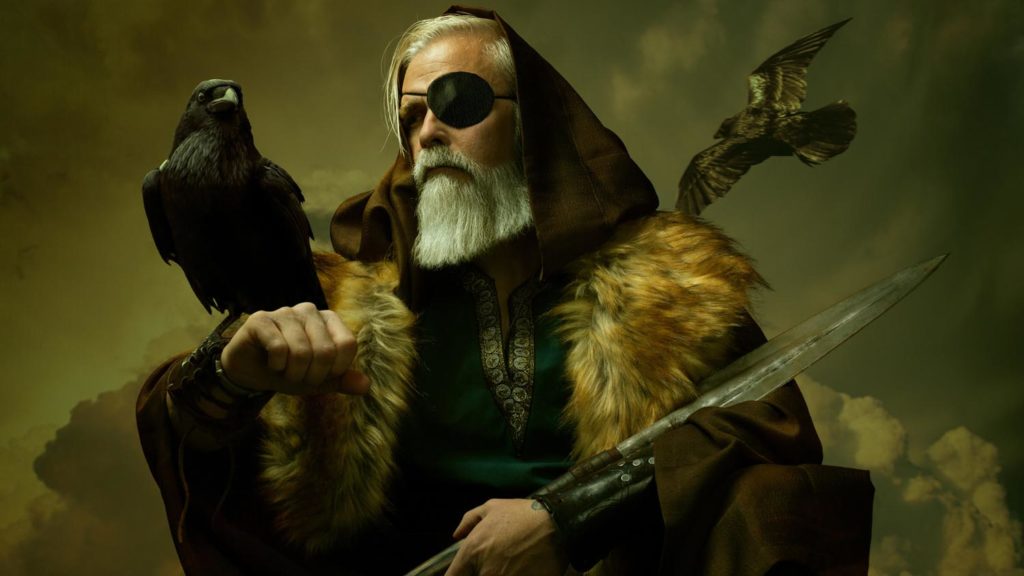
Suspension of Disbelief and Escapism
The ability to step outside one’s own life has always been highly desirable, and this is possible through realism, of course. But realism is based solidly in the mundane, as it must be, and it takes significantly more work to transport the viewer out of their everyday lives. Fantasy, on the other hand, creates a heightened reality, often using only enough references to allow the suspension of disbelief. That lets people release their hold on the mundane and float safely into the land of imagination.
Here they step outside themselves, leave their worries behind, and live in an unreal space where the rules of the normal world don’t always apply. New things are experienced, empathy is built, and people can be whoever they want without the negative consequences society often imposes.
Here, there are no rules for white balance. Form can be manipulated more freely. Thoughts and ideas can be explored with more abandon, and the limits for how you can use the medium of photography to communicate are all but removed.
And if ever you doubt the artist photographer’s natural bent toward fantasy, toward representing reality as they see it and not purely as it “is” then only think about the techniques photographers employ. We choose specific kinds of light to flatter or communicate something about our subjects. We pose our subjects to create visual interest. We frame images to lead the eye, even if that means lying on the ground; a field of view most people will never experience the world from.
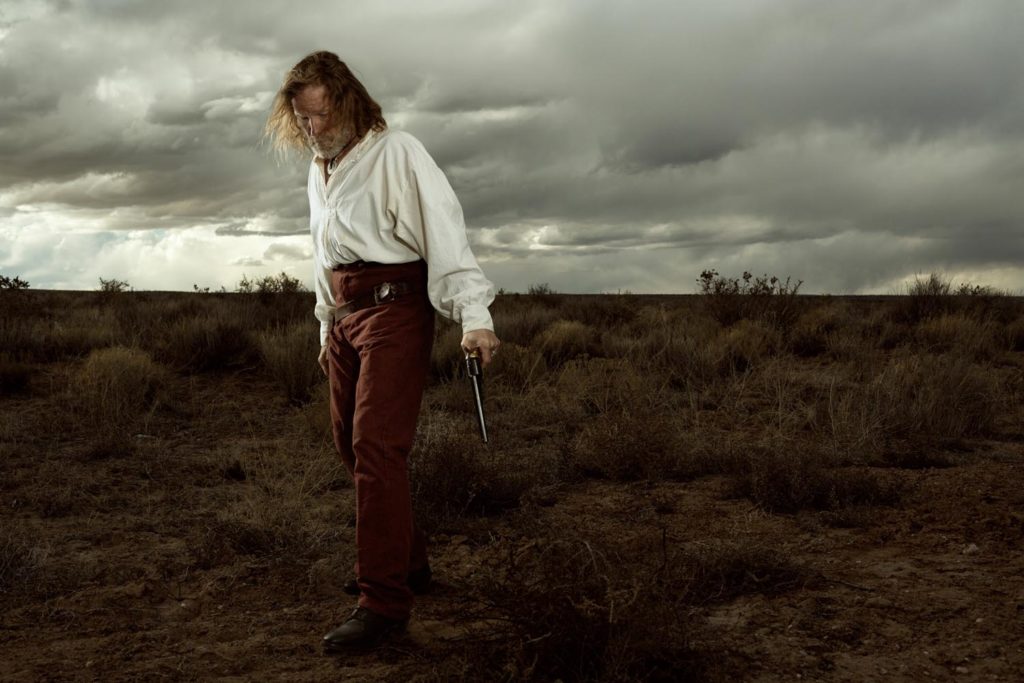
Why That’s Important
Fantasy in photography allows for the free expression of ideas and the exploration of identity without the real world consequences. It reminds us that we all live inside our own heads, creating our reality with every story we tell ourselves and every story we consume. It allows us to share the way we see the world with others, whether that’s by shooting low to make a figure look taller and more imposing, or giving them a costume that lets them actually become someone else.
In fact, we constantly choose how to show our reality through the technical choices we make to express our vision. We shape these photos not to represent reality, but to express our experience of it. To create out of real things, a fantasy.
When reality looks dreary, when we struggle to find joy, hope, or experience wonder, that is when fantasy steps in to remind us that magic is still there, if we are willing to see it.
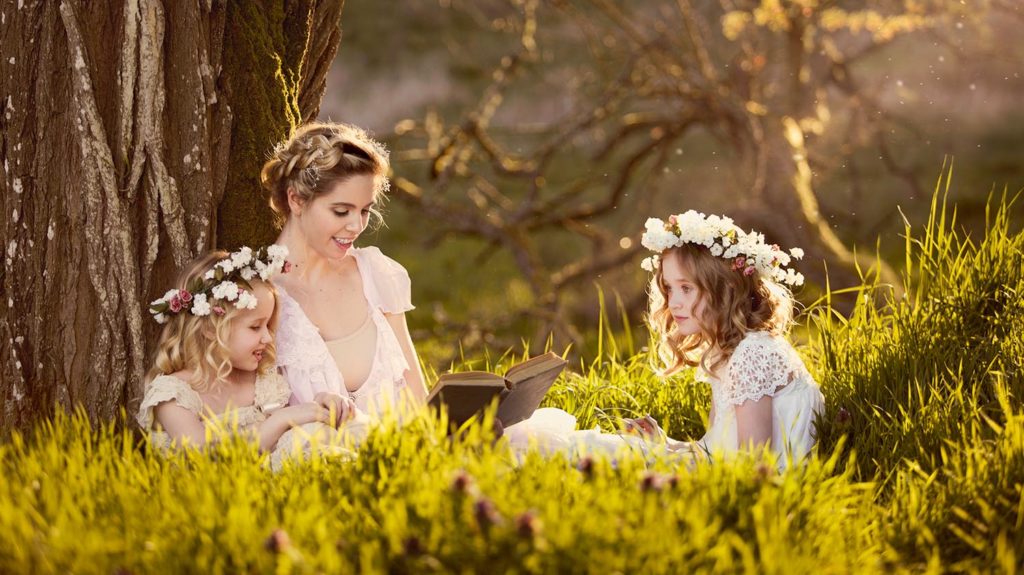
You can see more of Nicole’s work at NicoleYork.com, and keep up with her on Twitter, Pinterest, Facebook, and Instagram.



